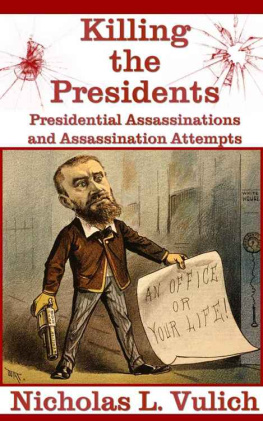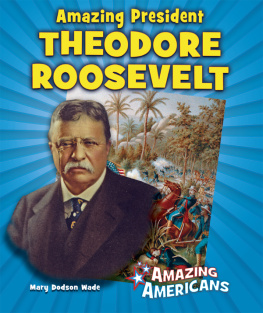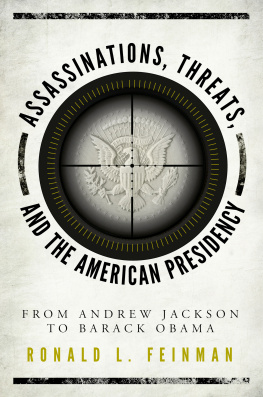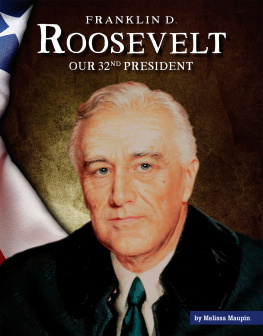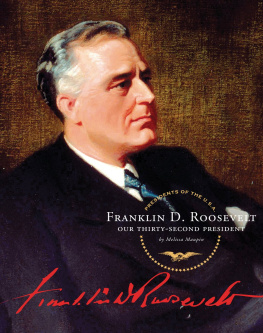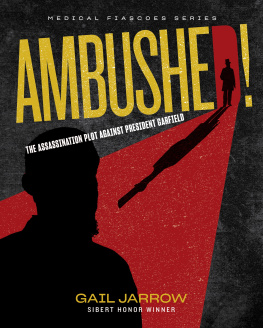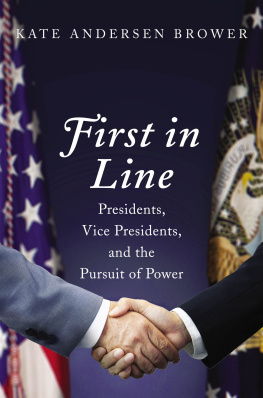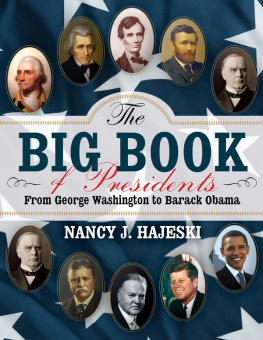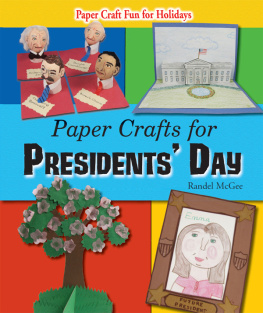Nicholas L. Vulich - Killing The Presidents: Presidential Assassinations and Assassination Attempts
Here you can read online Nicholas L. Vulich - Killing The Presidents: Presidential Assassinations and Assassination Attempts full text of the book (entire story) in english for free. Download pdf and epub, get meaning, cover and reviews about this ebook. year: 2013, publisher: Digital History Project, genre: Detective and thriller. Description of the work, (preface) as well as reviews are available. Best literature library LitArk.com created for fans of good reading and offers a wide selection of genres:
Romance novel
Science fiction
Adventure
Detective
Science
History
Home and family
Prose
Art
Politics
Computer
Non-fiction
Religion
Business
Children
Humor
Choose a favorite category and find really read worthwhile books. Enjoy immersion in the world of imagination, feel the emotions of the characters or learn something new for yourself, make an fascinating discovery.
- Book:Killing The Presidents: Presidential Assassinations and Assassination Attempts
- Author:
- Publisher:Digital History Project
- Genre:
- Year:2013
- Rating:5 / 5
- Favourites:Add to favourites
- Your mark:
Killing The Presidents: Presidential Assassinations and Assassination Attempts: summary, description and annotation
We offer to read an annotation, description, summary or preface (depends on what the author of the book "Killing The Presidents: Presidential Assassinations and Assassination Attempts" wrote himself). If you haven't found the necessary information about the book — write in the comments, we will try to find it.
Killing The Presidents offers a fascinating look at the Presidents who lost their lives, the motives and mental states of the assassins, and the reactions of the public to the shootings.
Among the characters you will meet are:
Charles Julius Guiteau, the man who shot James Garfield. He told authorities I was in my bed and I was thinking over the political situation, and the idea flashed through my brain that if the President was out of the way everything would go better And later, during his trial, he added, I presume I shall live to be President. Some people think I am as a good man as the President (Chester A. Arthur) now.
John Schrank, the man who shot Theodore Roosevelt, said In a dream I saw President McKinley sit up in his coffin pointing at a man in a monks attire in whom I recognized Theodore Roosevelt. The dead President saidThis is my murdereravenge my death. And, so he shot, and wounded the Bull Moose Candidate.
John Wilkes Booth, the assassin of President Lincoln, wrote in his diary just a few nights before his death, I have to great a soul to die like a criminal
The stories are amazing.
The similarities between each of the assassinations make you sit up and think. Most of the assassins discovered the Presidents itinerary by reading the newspaper. Leon Czolgosz, the assassin of President McKinley, told authorities, Eight days ago, while I was in Chicago, I read in a Chicago newspaper of President McKinleys visit to the Pan-American Exposition at Buffalo. That day I bought a ticket and got here with the determination to do something, but I did not know just what. I thought of shooting the President
This is the story of the assassinations, told as much as possible in the words of the witnesses, the assassins, and the attempted assassins
The book is short, just 108 pages, easy to read, and will leave you wanting to investigate, and learn more about this dark area of American history.
Some of the details are quite graphic, such as Surgeon Charles Taft describing the how they carried the dying Abraham Lincoln to Petersen House blood [was] dripping from the wound, faster and faster as they walked. And, throughout the night, he held the dying Presidents head so blood and brain tissue could continue to ooze out, and prevent clotting.
Other parts will make you laugh. Giuseppe Zangara, the man who attempted to kill Franklin Roosevelt was so short he had to stand on a folding chair to get a good look at the President elect, and then he testified he decided to kill him and make him suffer sincesince my stomach hurt.
Dont wait another minute. Order your copy of this book today, and read the true story of the Presidential assassins!
* You can read it instantly on your Kindle, iPad, iPhone, or on your laptop using the Kindle for PC App.
* Scroll up to the top and read a sample, or better yet, order your copy today, and start selling on eBay in less than an hour.
Nicholas L. Vulich: author's other books
Who wrote Killing The Presidents: Presidential Assassinations and Assassination Attempts? Find out the surname, the name of the author of the book and a list of all author's works by series.

